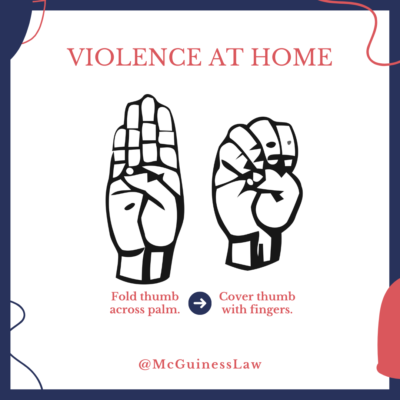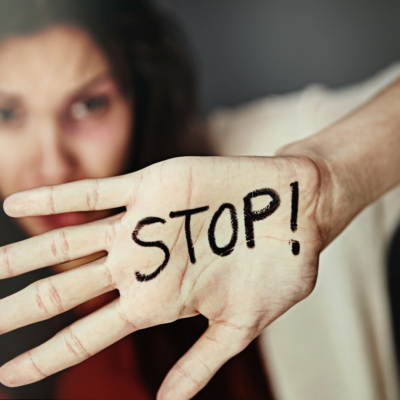Sadly, domestic abuse is a very real problem in Alberta – especially for girls and women. Certain situations, such as the COVID-19 lockdowns, have exacerbated this problem.
Police-reported domestic abuse across Canada saw a decrease in April 2020 compared to April 2019. At a glance, you might think this is a good thing. However, the decrease in these numbers during lockdowns are alarming, troublesome and misleading.
Since the pandemic started, there has been a significant increase in domestic violence, threat and dangers to women and children, even though they haven’t been reported. Large stressors such as job loss, drop in the stock market, and a looming global recession has anxiety at an all-time high. Tension within the household has also increased with parents and children both working and learning at home.
So why has police-reported domestic abuse calls decreased?
Social isolation measures have also made it more difficult for those who are at risk to safely reach out for help. Many individuals feared being exposed to COVID-19 at shelters or assumed that certain services that aid individuals affected by domestic violence were no longer running. Combine that with many companies transitioning to temporarily or even permanently working from home, victims have less opportunities to get away from their abusers, ask for help and report the abuse.
This is where the Signal for Help comes in.
The Signal for Help is a hand signal that enables those on a video call to discreetly and silently ask for help, notifying the person on the other end that something is wrong. It consists of holding up your hand with the palm facing the individual across from you, folding your thumb across your palm, and then covering your thumb with your other fingers.

The website CanadianWomen.org has a great video tutorial, or you can view our visual here.
The Signal for Help is not only for domestic abuse victims in a video call scenario, but can be used in kidnapping situations.
In 2021, an underage girl was being held captive by her abuser. As they were travelling down the highway in the abuser’s vehicle, she looked out the window and used the signal to alert a passing motorist who then called 911, resulting in her safe rescue.

What do I do if I see the signal?
If it is clear that the individual is likely in immediate danger, such as was the case with the girl kidnapped in the vehicle, call 911 right away. If it is unclear what the situation is and what the individual may be asking, it is best to connect with them to find out more details and figure out how to best offer help by:
- Calling and ask them questions that can be answered with ‘yes’ or ‘no’. Questions like: ” ? ?”
- Use another form of communication such as work email, social media or text and ask general questions like: “ ?” “ ”.
These general questions may reduce the risk if someone is watching their device or accounts.
If you suspect that someone is being abused by a family member, call Alberta’s provincial helpline at 1-855-443-5722 for adults and 1-800-387-5437 for kids. If you are affected by family violence, please know that various resources are available to help you. If a phone call is not an option for you, the Government of Alberta has a Family Violence chat that allows you to chat anonymously.
Contact us
Once you are safe, we recommend reaching out to a lawyer to help you understand your rights and options. At McGuiness Law, we care about you and your well-being. We offer free consultations via phone or virtually, and you do not have to proceed with a case after contacting us – that is up to you. If you would like to book a free consultation with us, call us at 780-900-7941.